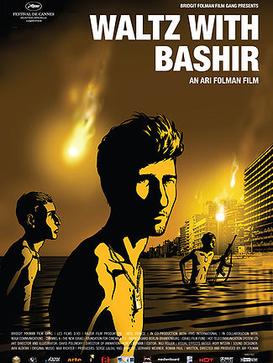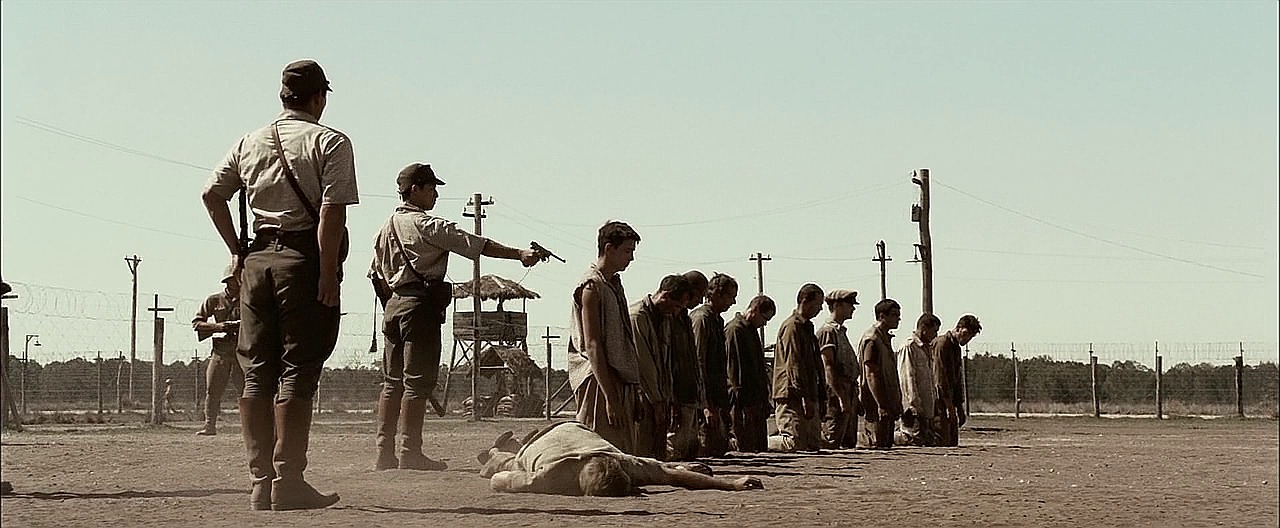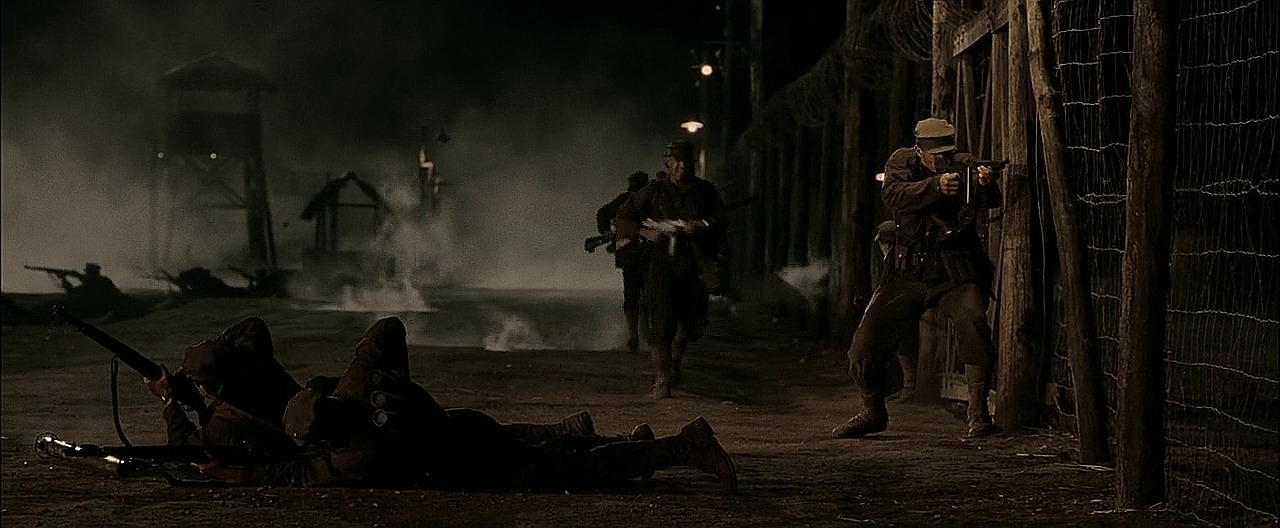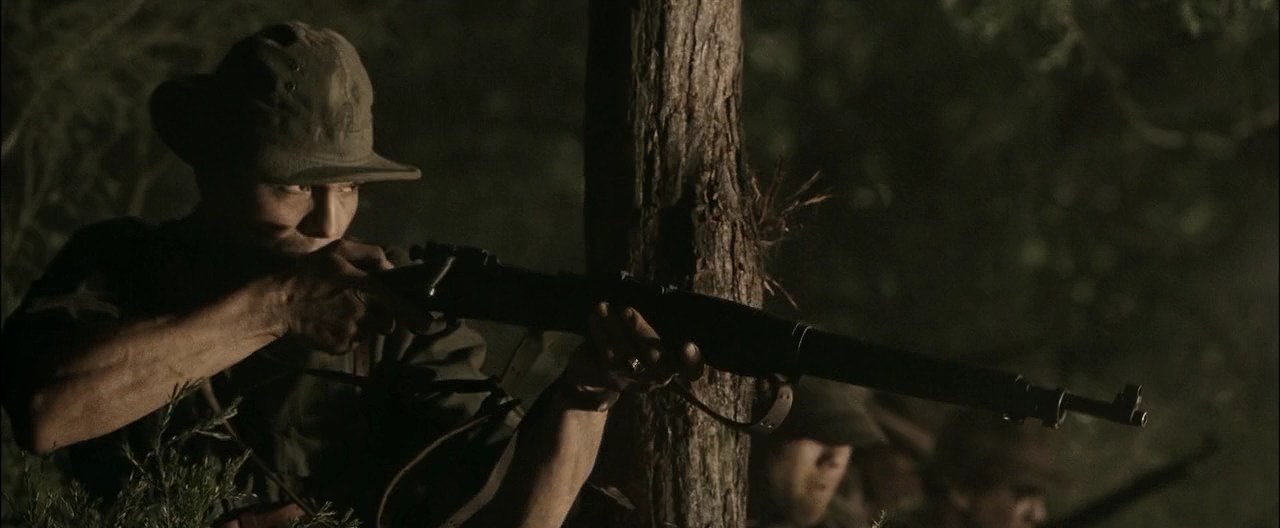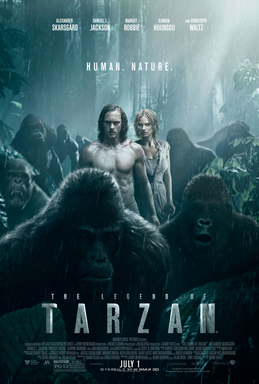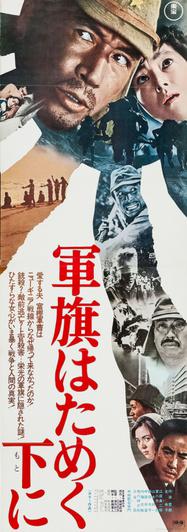The
movie I am going to write about is not only a foreign film, but the best war
film I have seen since I started my blog.
It reinforced my belief that modern war films can and should be superior
to old school war movies, even the classics.
Technology and experience are huge advantages for modern war movie
makers. “Waltz With Bashir” is an Israeli film released in 2008. The movie blew me away because it hit several
of my buttons. It is historically
accurate, I learned about an event that I knew little about, it is realistic in
its depiction of the military and combat, and it is striking in its
cinematography.
Writer
and director Ari Folman spent four years creating what he calls an “animated
documentary”. If not the first of this
type, it is still ground-breaking. It
won numerous awards and was critically acclaimed. The film is
autobiographical. Folman takes as his
theme the effects of war on memory. The
movie begins with a jaw-dropping three-dimensionally animated scene of a pack
of dogs running through the streets to a man’s apartment building. The dogs represent a memory flashback for a
friend of Ari. The friend tells Ari each
dog represented the 26 dogs he sniped during the Lebanon War of 1982. This conversation causes Ari to confront the
fact that he has holes in his memory of his experiences in Lebanon. That very night he has his first flashback
which involves himself and some naked comrades coming ashore on a beach at the
city of Beirut. Another friend theorizes
that people sometimes fill in gaps in their memory with fiction. He encourages Ari to try to fill in those
gaps with the truth. Don’t fear opening
those doors, “memory takes us where we want to go”. He assures Ari he cannot get hurt by learning
the truth.
Ari
goes on a quest to talk to comrades he served with and other veterans of the
invasion. Their individual stories are
vignettes that powerfully depict the nature of modern war. Several universal truths about warfare and
young soldiers shine through. The
adrenalin-fueled fear in a firefight is followed by the overwhelming silence of
death. Soldiers tend to fire their
weapons at nothing and nowhere when traveling through enemy territory. Soldiers are clueless pawns of the brass and
the pols. Surviving members of a unit
suffer guilt feelings. Unlike some
anti-war movies, “Waltz with Bashir” does not glamorize the appealing aspects
of armed combat.
The
movie and Ari’s quest builds to the infamous Sabra and Shatila refugee camp
massacre. Ari’s unit is sent into
western Beirut after the assassination of the Christian Phalange leader Bashir
Gemayal. The film takes its title from
an incident in which a member of Ari’s unit waltzes with a machine gun in the
middle of a Beirut street while under fire from snipers and RPGs and as
Lebanese civilians spectate. Time seems
to stand still as he twirls amidst the bullet casings and ricochets. The dance symbolizes Israel’s relationship
with Bashir.
The
film concludes with the Israeli Defensive Forces allowing vengeance-minded
Christian Phalange militia to enter the Muslim camps. The individual Israeli soldiers exhibit
cognitive dissonance as they are slow to grasp what is clearly taking place
before their eyes, abetted by their lighting the night skies with flares. It takes three days for an Israeli general t
o order a stop to the killings. The movie makes it clear that the Israeli
government (Defense Minister Sharon and Prime Minister Begin) was complicit in
the massacre, but Folman is not on a crusade.
He lets the audience connect the dots.
The memory theme comes full circle as Ari realizes that he had filled in
the black hole of his memory of being near the atrocity by imagining that he
and his comrades were instead at a beach.
The movie closes with real footage of the massacre victims as though to
remind the audience that although animated, the story is true.
I
love war movies because I love Military History. I have been attracted to war stories since I
was a child because of the action, but also because war brings out all the
emotions and character traits in human beings.
I prefer war movies that have action and are true to human nature. They don’t have to be historically accurate,
but I insist they not be ridiculous and unrealistic. When you have seen as many war films as I
have, you also are impressed when the movie takes a different approach to
telling a war story. “Waltz with Bashir”
fits this description (as do “300” and “Oh! What a Lovely War”). Movies like these prove that although the war
movie genre (starting with “Birth of a Nation”) is almost a century old, there
are still new ways to tell a war story.
“Waltz”
looks very different from every other war film I have seen. Folman uses a variety of animation. The movie is mostly a blend of cut-out and
classic animation. It is influenced by
graphic novels and has a scene reminiscent of Japanese animation. He includes some three-dimensional scenes,
but used the technique sparingly and only for spectacular shots. His use of color varies depending on the mood
of the scene. The war scenes tend to be
monochromatic. The home front scenes are
much more vibrant. (He makes the point
that although he was fighting only twenty minutes away, at home the public was
unaffected by the war and life went on as usual.) The shading and shadows are amazing. The look is mesmerizing. Blu-ray was made for movies like this.
The
movie is true to human nature mainly because these are real people who Ari
interviewed and built the story on. From
my reading of men in combat, I have a good idea of how men behave under that
stress. For those vast majority of
people who do not want to read extensively in this difficult area, movies can
serve the purpose of educating civilians about what their young warriors go
through. This is important because these
young men deserve to be understood.
Civilians need second-hand memory.
Undoubtedly, some Israelis were offended by what they saw in
“Waltz”. The fact is that atrocities
happen on both sides in every war. Good
war movies like this show what really happens in war, but also provide the why.
As
an American, I admit to being ignorant about most modern non-American wars. My blog experience and Caroline’s influence
have opened up my eyes to several conflicts that I would have remained clueless
about. I have watched movies on the
Bosnian War (“No Man’s Land”, “Pretty Village, Pretty Flame”), the First
Chechan War (“Prisoner of the Mountain”), and the Lebanon War (“Beaufort”,
“Lebanon”). They are all good movies that taught me
something and encouraged me to research the war. My modus operandi when I read books is
usually to read books that I can learn from.
I am not as strict with movies, but it’s an added bonus when the movie
is instructive.
In
conclusion, we war movie lovers all have our reasons for loving this
genre. But don’t forget it is a genre
with many fascinating subgenres. Be
willing to sample from them all, even the ones where you have to read. And try out the newest one – animated war
documentary.
GRADE = A+
